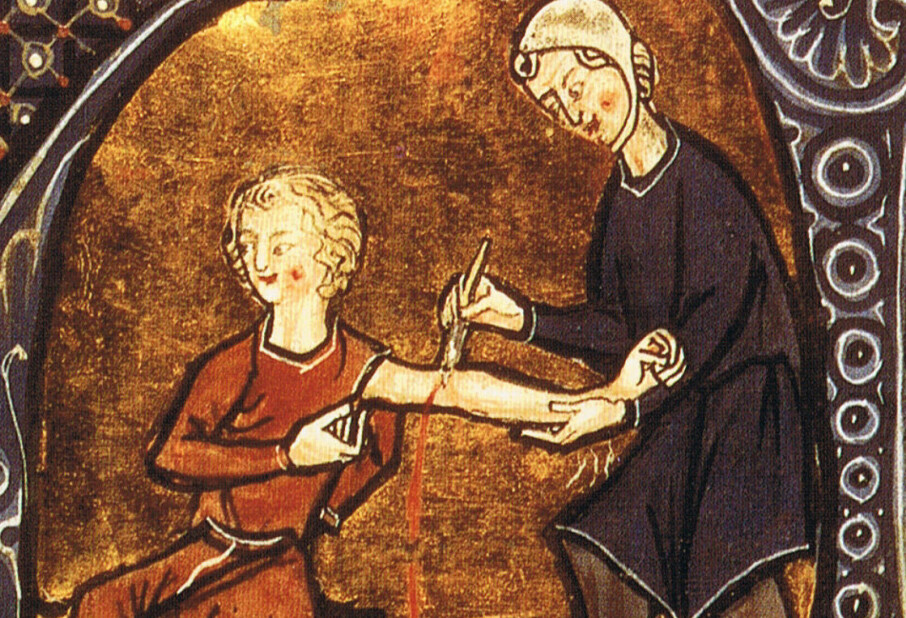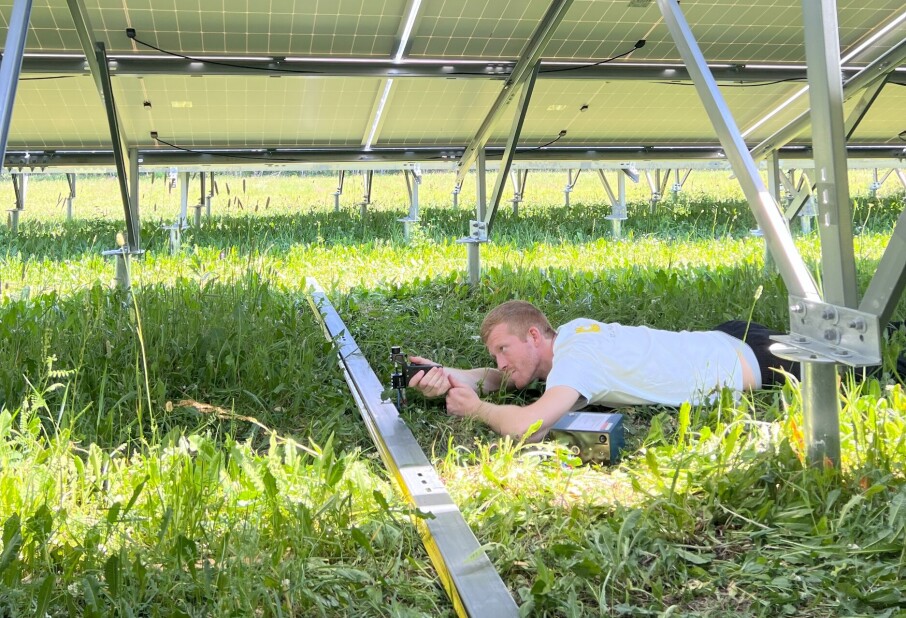
The Wildlife Blog
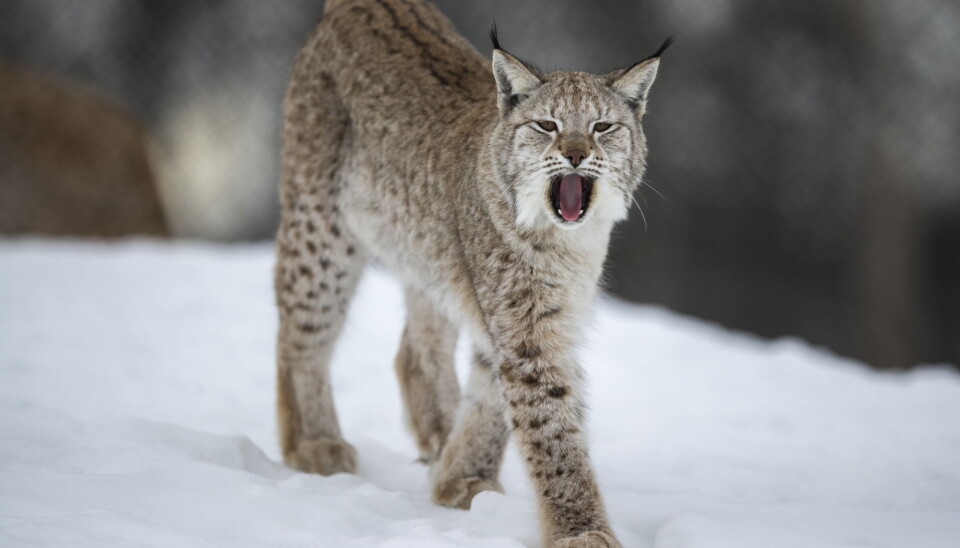
How lynx hide their dinner from scavengers
Many predators leave decomposing carcasses behind, allowing scavengers a meal. Eurasian lynx, however, have a trick for how to keep their dinners all to themselves.
Predation is one of the driving forces of evolution. Multiple research projects have documented how it is a key ecological process that structures wildlife communities. However, ecology is full of diversity and we must be careful about over-generalizing. And we mustn’t forget that predators kill prey with the intention of eating it themselves.
Ecology is full of dramatic interactions between species.
The act of predation is among the most dramatic of all – when a predator takes the life of a prey to satisfy its nutritional needs.
For decades ecologists have tried to understand exactly how predation effects prey populations and what drives the balance between densities of predators and prey, and the resulting effects on plants and habitats.
Recently, this work has expanded to also document many other, more subtle, effects.
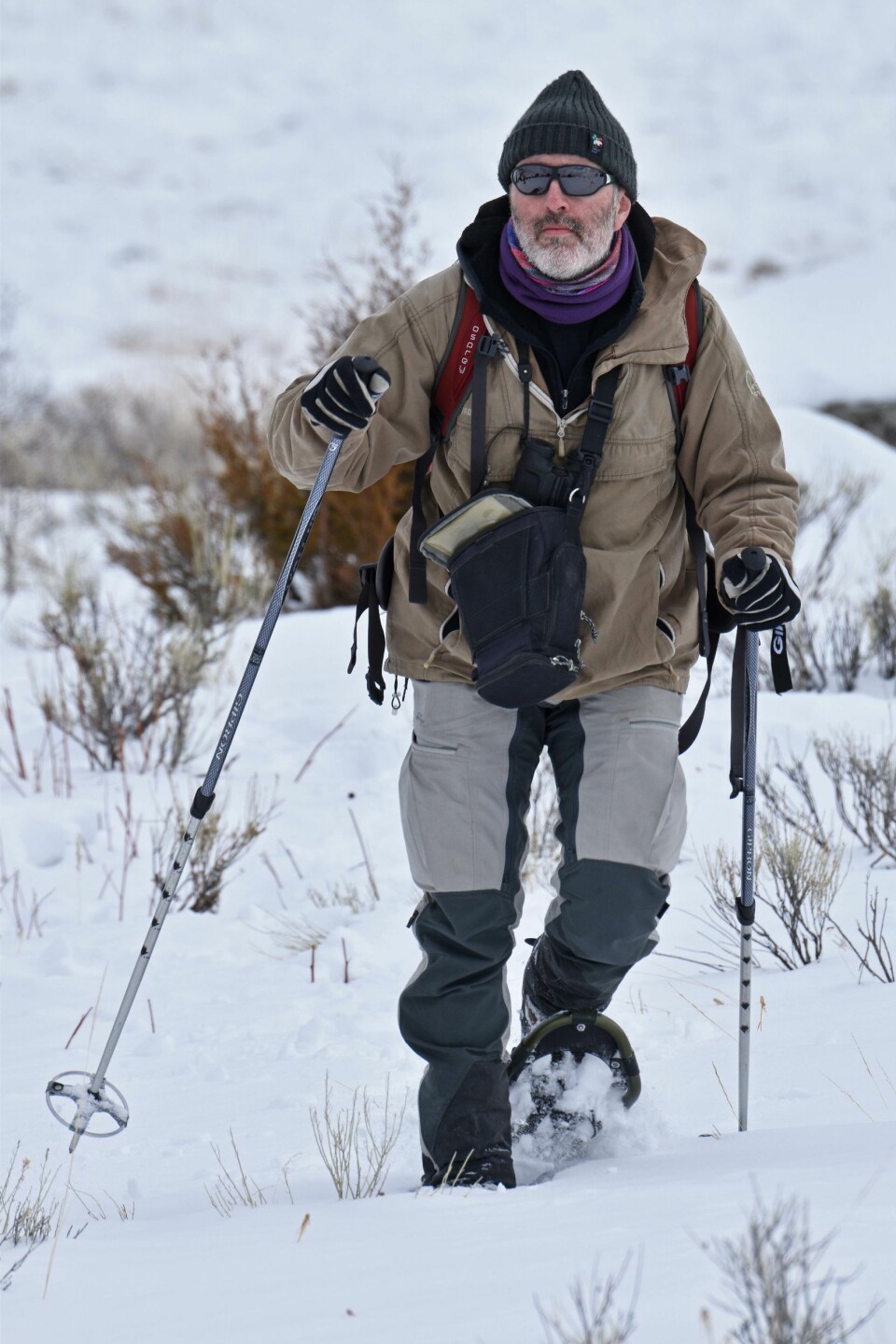
For example, the remains of unconsumed prey killed by predators provide an important source of food for many scavengers. This includes birds, like ravens and crows (as well as vultures in more southern regions), and many insects. Nutrients from a decomposing carcass get washed down into the soil and can then be taken up by plants.
This process where the act of predation has trickle down effects on other ecosystem components is called a trophic cascade, and has become part of popular awareness due to the publicity surrounding the return of wolves to the Yellowstone ecosystem in the USA. Since wolves were reintroduced in the mid 1990’s researchers have documented a whole range of changes to the ecosystem, including changes in deer distribution and behavior as well as changes to scavengers and vegetation.
For more than 25 years we have been studying another predator-prey system in Norway; the lynx-roe deer system.
And two things we have learnt. Firstly, lynx are not wolves. Secondly, Norway is not Yellowstone!
Any pet owner can testify that there is a difference between cats and dogs. Everything cats do is more subtle and discrete. And as cats go, lynx are certainly among the most spectacular (maybe I’m a little biased?).
In contrast to their related species in Spain and North America (Iberian lynx, Canadian lynx and bobcats), the Eurasian lynx does not subsist on small prey like rabbits and hares. Eurasian lynx (at least in Europe) mainly subsist on killing prey that is larger than they are; mainly roe deer, but with red deer, sheep and reindeer as parts of the menu too.
In a recent study we looked to see if we could find any traces of elevated nutrient levels in the soil and plants where a lynx-killed roe deer carcass lay. We looked at nine different nutrients and basically found no detectable effects.
How could this be? How could the nutrients from a 20 to 30 kg prey species not find their way into the ground below?
The answer is actually fairly simple – the lynx actually eat most of what they kill themselves, leaving relatively little for scavengers and decomposers.
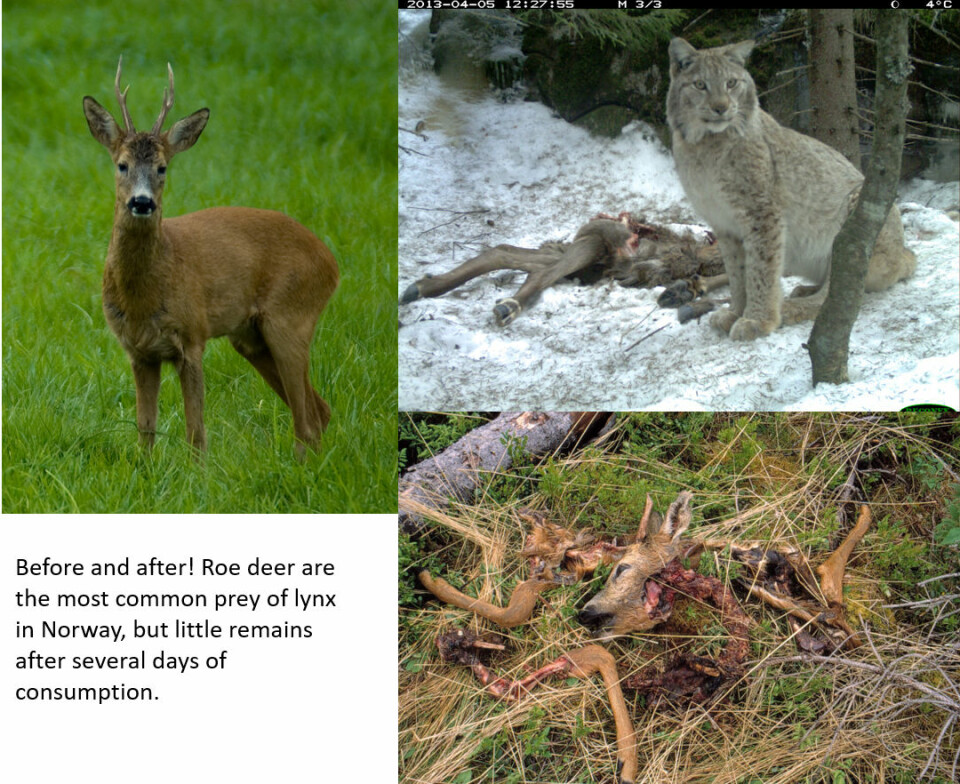
A roe deer weighs from 20 to 30 kg, of which 10 to 15 kg is edible meat for a lynx. This potentially represents food for a solitary lynx for up to 5 nights if it is able to protect this resource from scavengers. Like most cats, lynx tend to cover their food with snow or vegetation.
In a series of experiments we investigated to what extent this protected the carcass from discovery by scavengers. Using traffic-killed roe deer as surrogates for lynx killed prey we left carcasses in the forest and monitored them using time-lapse video.
Half were covered with snow and vegetation, and half were left uncovered. The simple act of covering the carcasses led to a significantly longer discovery time of several days, especially concerning scavenging birds.
In a second experiment we put out traffic-killed roe deer body parts inside a wire cage which prevented access by large scavengers, but allowed insects in.
Again, half were covered with vegetation and half were left uncovered. Covering significantly slowed down the arrival of insects and slowed their consumption process by several days.
Combined these studies show that the simple act of covering a prey with snow and /or vegetation slows down the arrival of scavengers sufficiently to allow lynx to fully utilize their prey over the course of several days. The result of this is that there is actually very little left on a kill that is available to decompose and potentially wash down into the soil and be taken up by plants, explaining our negative result in the first study!
Studies like this are useful for multiple reasons;
Firstly, they provide insights into the lynx – roe deer system itself and inform our ongoing work to understand the dynamics of this system.
But secondly, and perhaps more importantly, they show how we should be very careful when we generalize findings between study sites and species. Just because something is observed in one place does not mean it becomes a universal truth.
This is one of the things that makes ecology so complex, and so fascinating!
We really need to conduct studies in multiple places, with multiple systems, over multiple years to get to grips with the enormous diversity of contexts that exist.
And we also need to publish the results, both the ones that support existing patterns and fit into popular discourses, and those that don’t. Only then might we begin to develop good science.
With current publication practices it is extremely hard to publish negative results in good visible journals. It appears that the commercial pressure on all journals to achieve high citation is not always conducive to advancing science.
Further reading:
Teurlings, I.J.M., Melis, C., Skarpe, C. & Linnell, J.D.C. (2020) Lack of cascading effects of Eurasian lynx predation on roe deer to soil and plant nutrients. Diversity, 12, 352.
Teurlings, I.J.M., Odden, J., Linnell, J.D.C. & Melis, C. (2020) Caching behavour of large prey by Eurasian lynx: quantifying the anti-scavenging benefits. Diversity, 12, 350.















